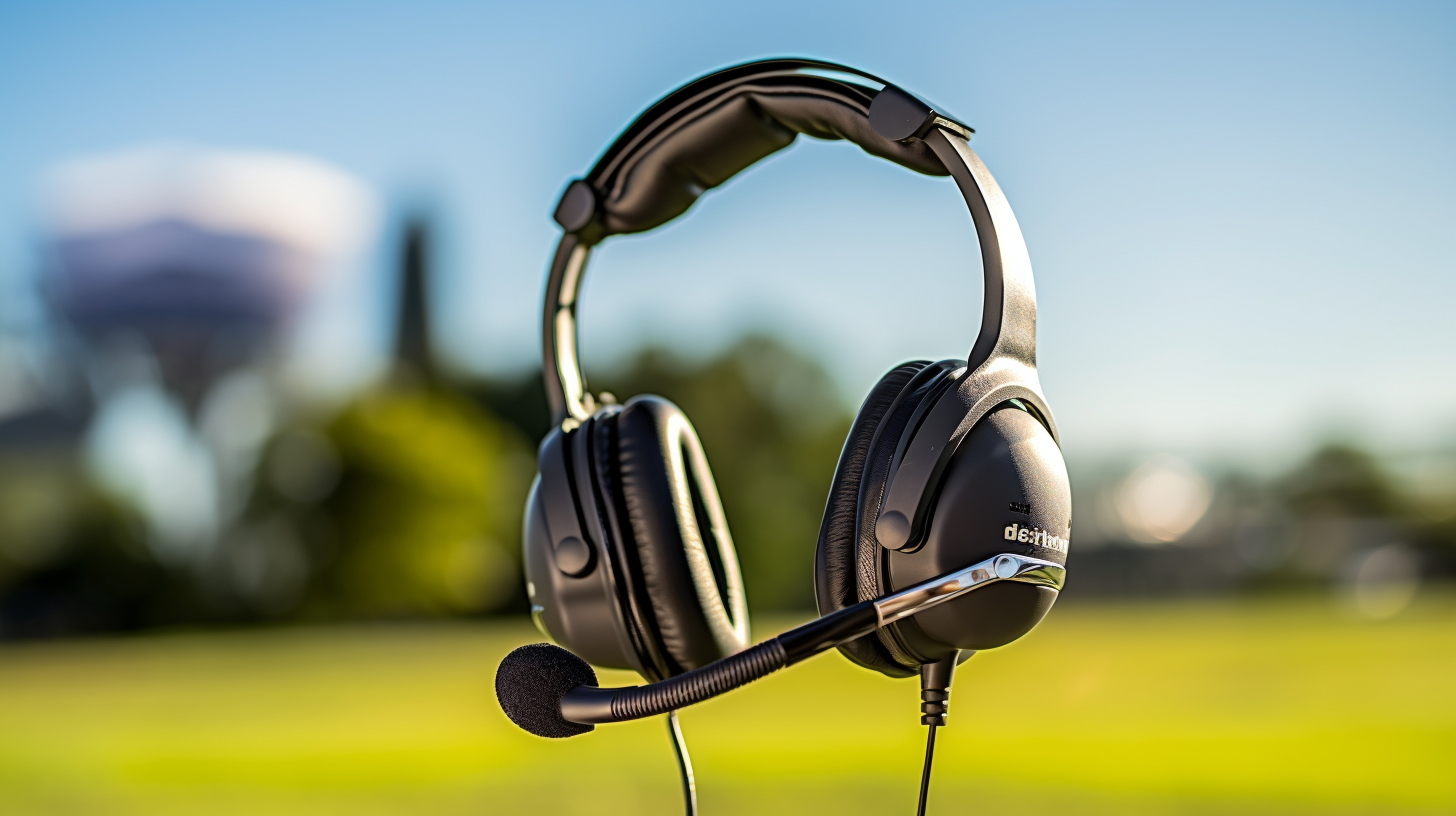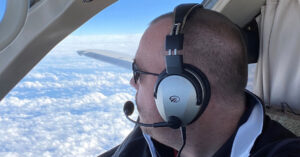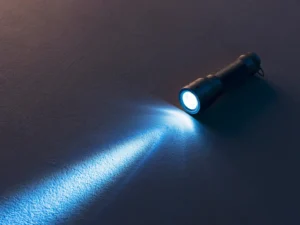How To Choose The Right Aviation Headset

The right aviation headset is essential for pilots to ensure clear communication, comfort, and integration of modern technology during flights.
Drawing from historical records, the journey of aviation headsets began in the 1930s, and their evolution has been remarkable.
Flying high above the clouds, the hum of the engine and the subtle vibrations of the aircraft are constant companions. Amidst this symphony of sounds, the headset stands out not just for noise cancellation but as a tool that enhances the flying experience.
With advancements like noise-cancellation technologies and Bluetooth capabilities, the modern pilot headset is more than just an accessory; it’s akin to choosing the perfect co-pilot.
Choosing the Right Pilot Headset: A Comprehensive Guide
Understanding Noise Cancellation
Noise is an omnipresent element in aviation. The roar of the engines, the chatter of air traffic control, and even the rustling of maps can become distractions.
Passive Noise Reduction (PNR) is the old guard in this battle against noise. It relies on the physical design of the headset, using ear seals to block out external sounds. Think of it as the sturdy walls of a fortress, keeping unwanted guests out.
On the other hand, Active Noise Reduction (ANR) is the modern magic that has transformed the auditory experience in the cockpit. It’s not just about blocking; it’s about countering.
ANR detects ambient noise and produces a counter-frequency, effectively neutralizing it. It’s akin to having a vigilant guard who not only stops intruders but ensures they never approached in the first place.
Brands like Bose have been at the forefront of this auditory revolution. Their Bose A30, for instance, is a testament to the advancements in ANR technology.
For those keen on diving deeper into the capabilities, our Bose A30 headset review offers comprehensive insights.
Comfort: A Crucial Factor
Imagine wearing a pair of shoes two sizes too small. Uncomfortable, right? Similarly, an ill-fitting headset can turn a delightful flight into an ordeal.
The weight plays a pivotal role in its comfort. Modern materials have paved the way for lighter headsets without compromising on durability.
It’s not just about the weight, though. The distribution matters. A headset that balances its weight between the headband and ear cups ensures minimal pressure points.
The sensation of soft ear seals contouring around the ears provides a cocoon of comfort. Pilots often describe the perfect headset as one they forget they’re wearing.
It becomes an extension of themselves, allowing them to focus on the skies and the journey ahead.
Bluetooth Capabilities
In today’s interconnected world, Bluetooth is the invisible thread weaving devices together. For pilots, this wireless technology is more than just a convenience; it’s a game-changer.
Connecting a headset to a smartphone or tablet allows pilots to make crucial calls without the interference of cockpit noise. Imagine updating your loved ones about a change in landing time or calling for weather updates, all while enjoying the noise-cancelling prowess.
Beyond calls, Bluetooth brings the world of entertainment to the skies. From the melodies of Beethoven to the latest chartbusters, music becomes a flying companion.
But it’s not just about leisure. Bluetooth-enabled headsets can relay real-time alerts from flight apps, enhancing safety.
For instance, auditory warnings about nearby traffic or runway information can be lifesavers. A quirky fact: The name “Bluetooth” is derived from a 10th-century Scandinavian king, Harald “Bluetooth” Gormsson, known for uniting Denmark and parts of Norway.
For additional guidance on choosing the right aviation please refer to the article “Which aviation headset should I buy?” for more in-depth informations.
Connectivity and Compatibility
The Zulu 3 uses a standard 6-pin Lemo single-plug connector, compatible with most general aviation aircraft. The Bose A20, always a step ahead, employs a proprietary connector with dual plugs.
This is specifically designed for the Bose Aircraft Interface Module (AIM). But here’s where the Bose A20 takes the cake: it offers Bluetooth wireless connectivity. This feature lets pilots sync their mobile devices, making in-flight entertainment or communication a breeze.
Both headsets come with an integrated control box, a handy tool for adjusting volume or switching between power sources. A fun fact: the control box on the Zulu 3 has a unique sound reduction feature, perfect for those who enjoy music during flights.
How To Choose The Right Aviation Headset Conclusion
As technology continues to evolve, so do these headsets, offering pilots an ever-improving experience.
From the early days of rudimentary designs in the 1930s to today’s sophisticated noise-cancelling and Bluetooth-enabled marvels, the journey mirrors the progress of flight itself.
For every pilot, novice or seasoned, choosing the right headset is a testament to their commitment to excellence and safety. As we soar into the future, this essential tool will continue to play a pivotal role in aviation.







